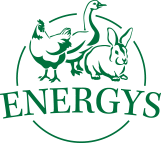Rabbits
Poultry
Laying hens
Quails
Guinea pigs
Pigs
Ostriches
Sheep and goats
Pigeons
Pheasants
Forest animals
Fattening pigs
In order to assure that the pigs are in a good state of health, it is essential to feed them grain feed as a basis. Selection of these feeds is limited not only by the farmer’s potential, but also the chosen farming method. For example, the rules of ecological farming place emphasis on providing organically grown feed, as well as a diverse range of feed.
Sources of protein for pigs
Correctly heat processed soy beans are an excellent source of protein for feeding weaned piglets and lactating sows. However, it can be very difficult for organic farmers to obtain suitable soy beans, which are usually imported to this country and are also usually genetically modified. Peas are a good alternative to soy beans in our conditions.
By-products from processing beet are another source of protein, which can also be used to feed pigs. Protein feed in particular forms the minimum permitted proportion of conventional feeds in feed.
Grain provides a source of energy
Grains represent the main source of energy when feeding pigs. Corn has the highest energy value out of all the grains. It is fed as coarse meal, but can also be used as production from separate harvesting.
In our conditions the basic feed grain is wheat, however it should not be ground too finely in pig feed. High-quality barley is a suitable alternative. This has a higher proportion of fibre and protein compared to corn. Oats have similar properties. Triticale is another grain used in pig feed.
A mixture of feed limestone, dicalcium phosphate and feed salt is used as a mineral supplement in ecological farming .
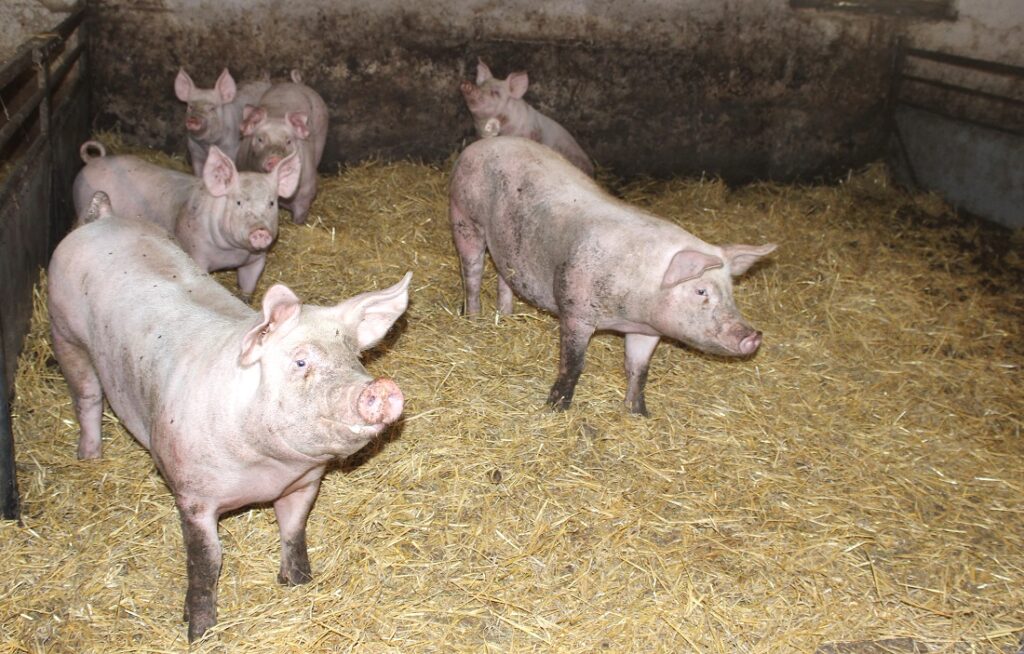
Pasture feeding pigs
Although pasturing has a positive effect on the health of pigs, a basic grain feed is still necessary for healthy pigs.
Pasture for pigs will provide different plants for foraging compared to a pasture intended for ruminants. Forage plants for pasturing pigs include for example winter mixtures (including winter barley, winter peas, perennial ryegrass, winter wheat and winter vetch) and spring mixtures (including oats, vetch and peas) and clover and grass.
Pigs can meet most of their feed requirements in pasture from plants and anything else the can find, including naturally occurring herbs, roots and various insect larvae. On the contrary, people who raise pork for their own use also feed kitchen scraps to the omnivorous pig.
Related posts
24. August 2021
In December 2020, fifty-three pig farms in the country were under the organic farming regime. Most of them are breeding black-footed pigs, which have been classified as genetic resources since 1992. The Hungarian curly-coated pig is a similarly hardy and undemanding breed, which is also growing in popularity with our breeders.
25. May 2021
In the Czech Republic, breeders work with sire breeds (currently represented, in particular, by White Sire, Duroc and Piétrain), including their synthetic lines (SL 34, SL 38, SL 48 and possibly SL 68) and pig dam breeds.
18. May 2021
Commercial pig breeders use both breeds that excel thanks to their reproduction parameters and breeds that pass on to their offspring good growth abilities, resilience and good meat quality. As a part of the hybridisation programme, the Pig Breeders Association and breeders work with dam breeds (Czech Improved White and Czech Landrace) and sire breeds.
19. June 2020
In order to assure that the pigs are in a good state of health, it is essential to feed them grain feed as a basis. Selection of these feeds is limited not only by the farmer’s potential, but also the chosen farming method. For example, the rules of ecological farming place emphasis on providing organically…
11. May 2020
Pigs were gradually moved from outdoors into enclosed styes, which developed into sophisticated stye capacities utilising technologies not only for automated feeding and water supply systems, but also for controlling the stye environment, in commercial farms. Ecological farming trends have been popular for some time in Europe in relation to demand for healthy products from…
Related products
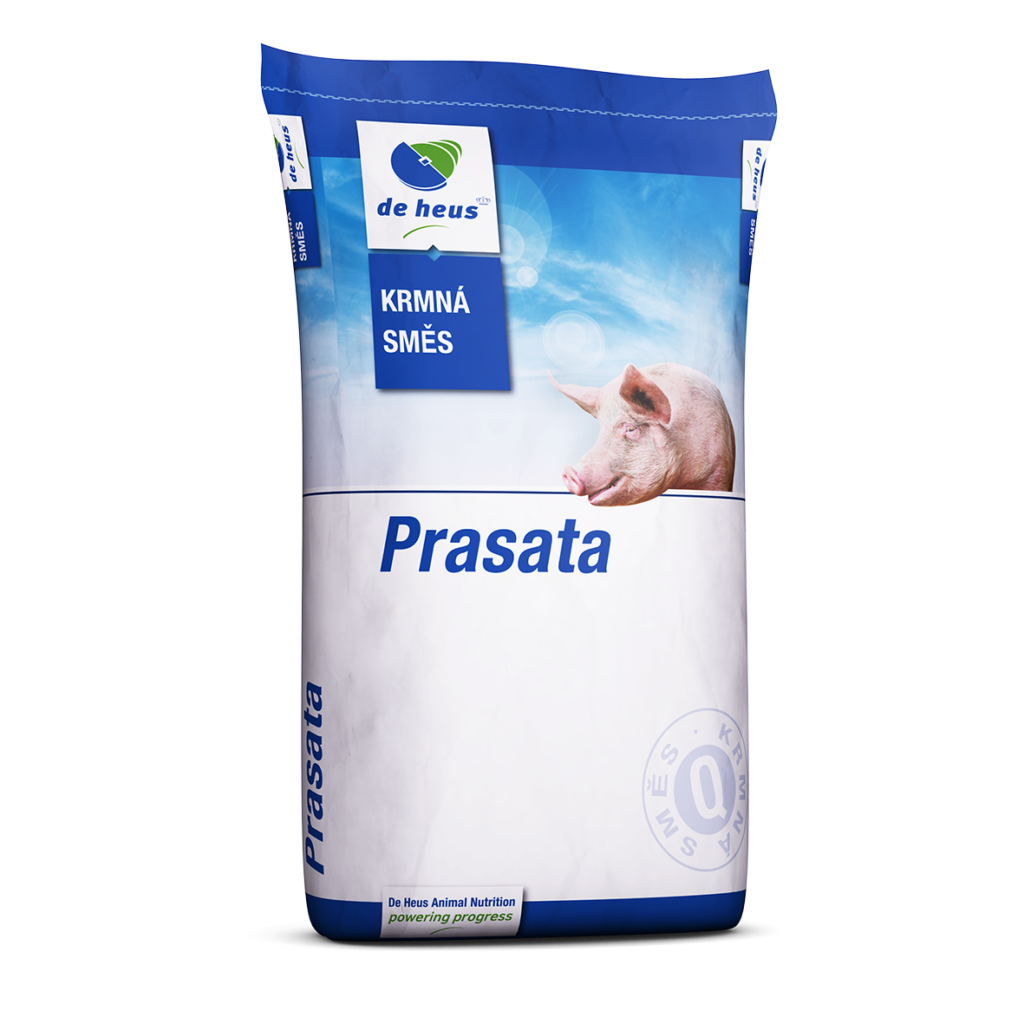
PIG UNI 15
A mashed concentrate for fattening pigs, which is mixed with cereals depending on the fattening phase in a ratio of 11 – 16 %. It is a garauntee of high growth.

A3 MAXI
A complete feed mix for fattening pigs over 60 kg. Its make up supports fast growth allied with low consumption of feed during the final phase of fattening.

A2 MIDI
A high quality granule for the feeding of pigs from 35 to 60 kg. A balance of the nutrients needed is the basis for an excellent state of health, fast growth and high meat content.

A1 MINI
Granulated feed mix for the first phase of fattening pigs, that is from a live weight of 15 to 35 kg. The nutrients it contains support an excellent state of health, fast growth and high meat content in your pigs.
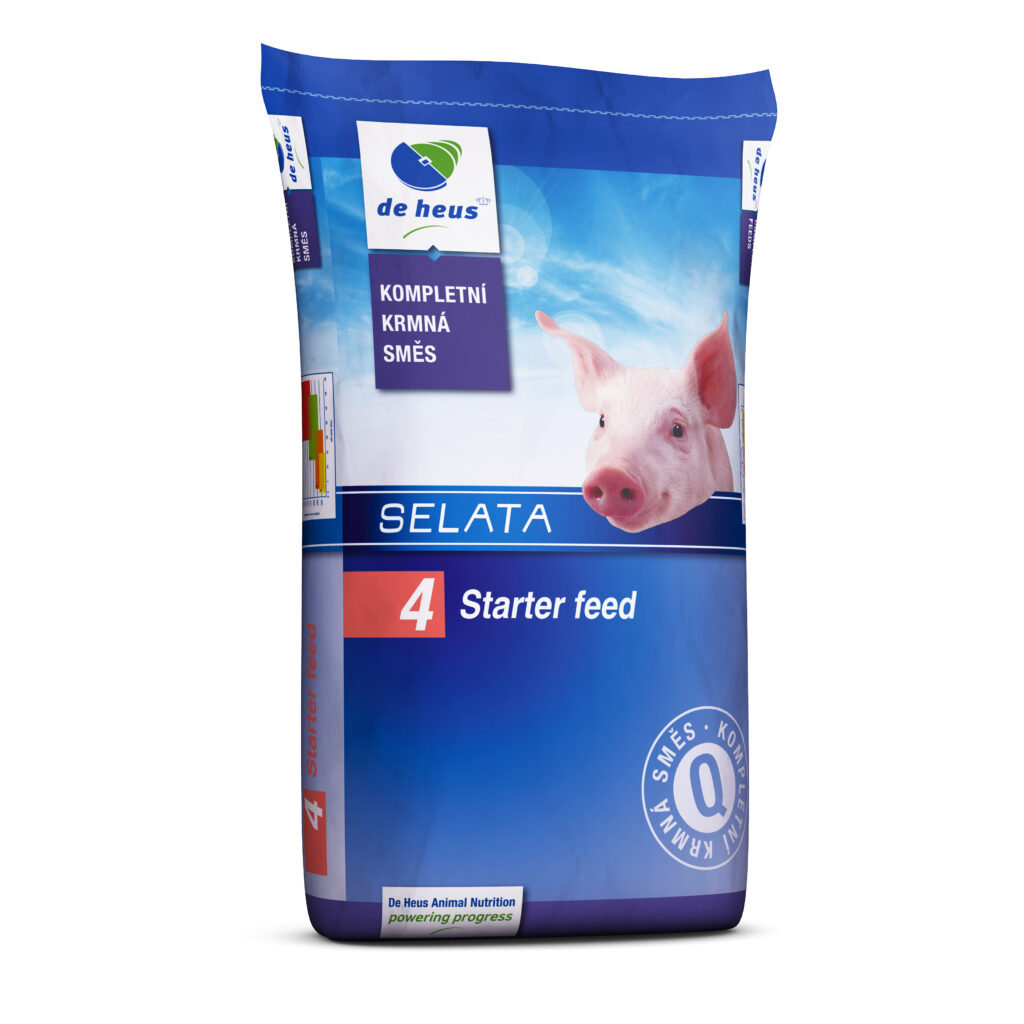
A1 START
A professional feed intended for weaned piglets with a live weight of 12 kg of up to 12 weeks of age. It provides an ideal start to piglet growth. This feed is followed by fattening mix A1 Mini or the Pig Uni 15 concentrate.
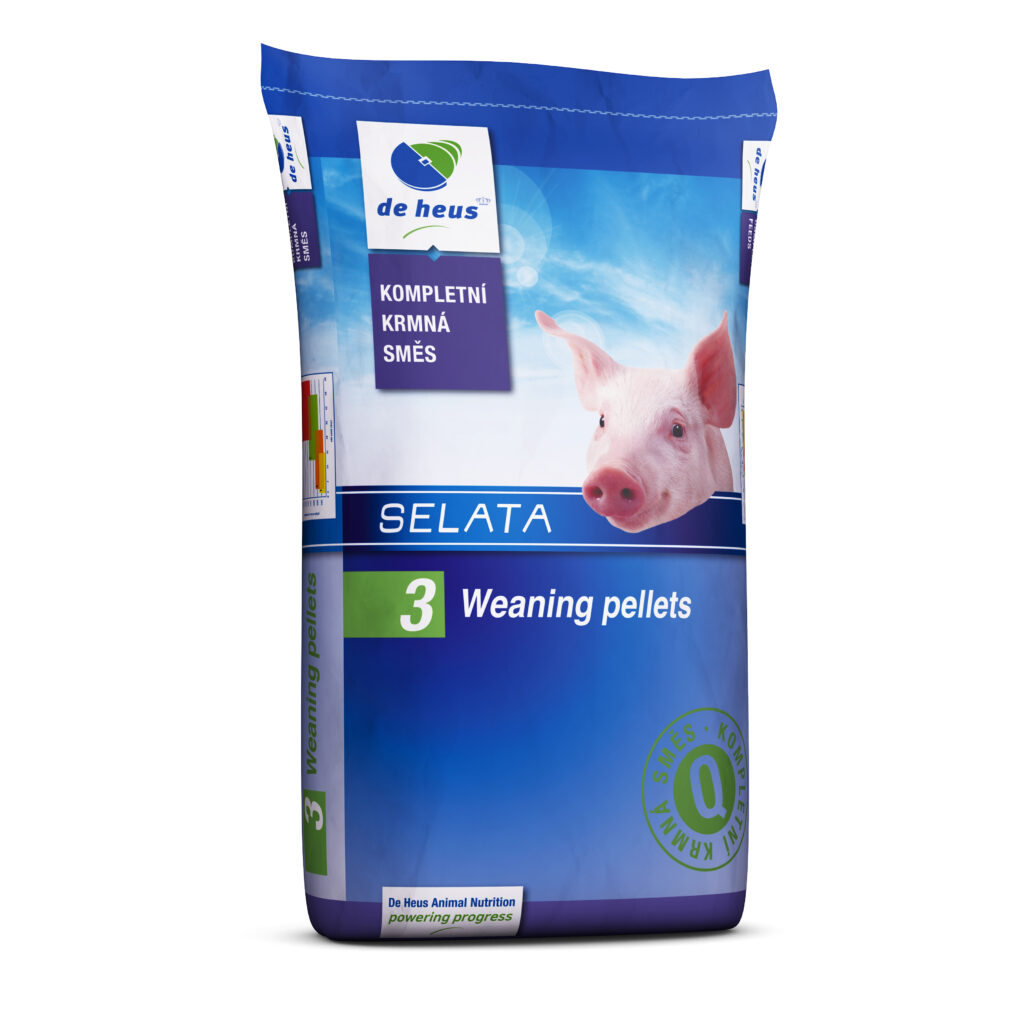
WEANING PELLETS
A prestarter for piglets from 10 days of age to 14 days after weaning from the sow. Its structure of 2 mm granules ensures problem free intake and overcoming the weaning period. Among other things it contains whey and fish flour which ensures fast growth in piglets.
